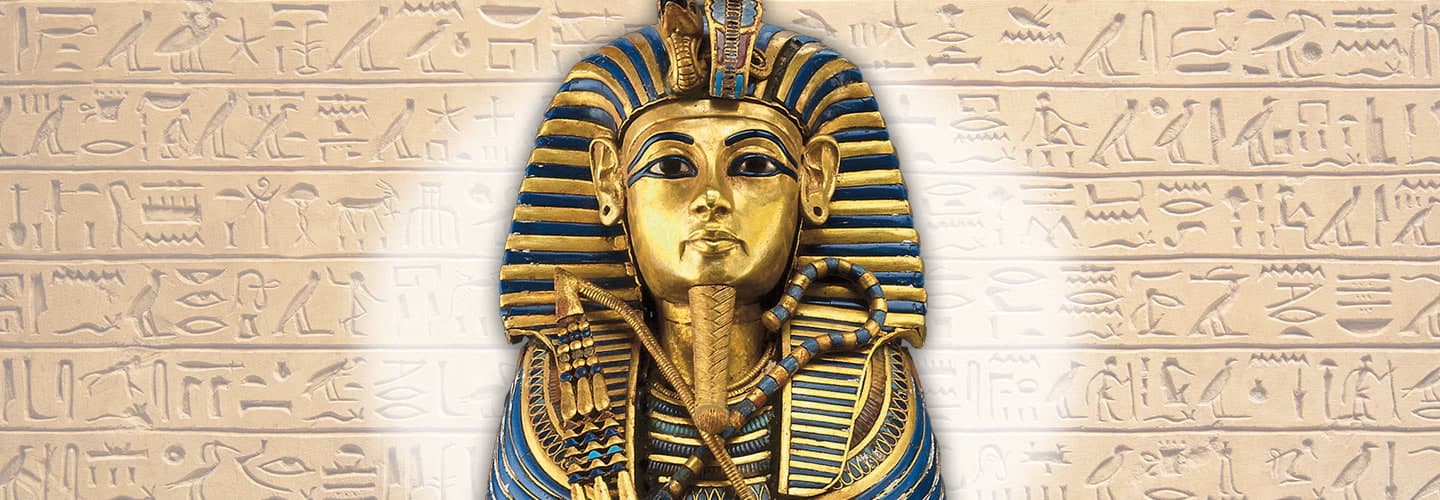Jim McMahon/Mapman®
Time was running out. British archaeologist Howard Carter and his crew had spent years digging in the blistering desert heat. They were searching for the lost underground tomb of the ancient Egyptian boy king Tutankhamen (too-tahn-KAH-muhn).
Lord Carnarvon, a wealthy Englishman, was paying for the project. After years without success, he had given Carter just a few more months to find the tomb.
Finally, on November 4, 1922, Carter’s crew made a promising discovery. They unearthed the first step of a stone staircase leading to a door.
Carter couldn’t have imagined what he would find on the other side—and what the discovery would mean for history. It would spark a new fascination with ancient Egypt and make King Tut a worldwide celebrity.
Time was running out. British archaeologist Howard Carter and his crew had spent years digging in the blistering desert heat. They were searching for the lost underground tomb of the ancient Egyptian boy king. His name was Tutankhamen (too-tahn-KAH-muhn), or King Tut.
Lord Carnarvon, a wealthy Englishman, was paying for the project. After years without success, he had given Carter just a few more months to find the tomb.
Finally, on November 4, 1922, Carter’s crew made a promising discovery. They unearthed the first step of a stone staircase. It led to a door.
Carter couldn’t have imagined what he would find on the other side. The discovery would be important for history. It would spark a new fascination with ancient Egypt. And it would make King Tut a worldwide celebrity.

